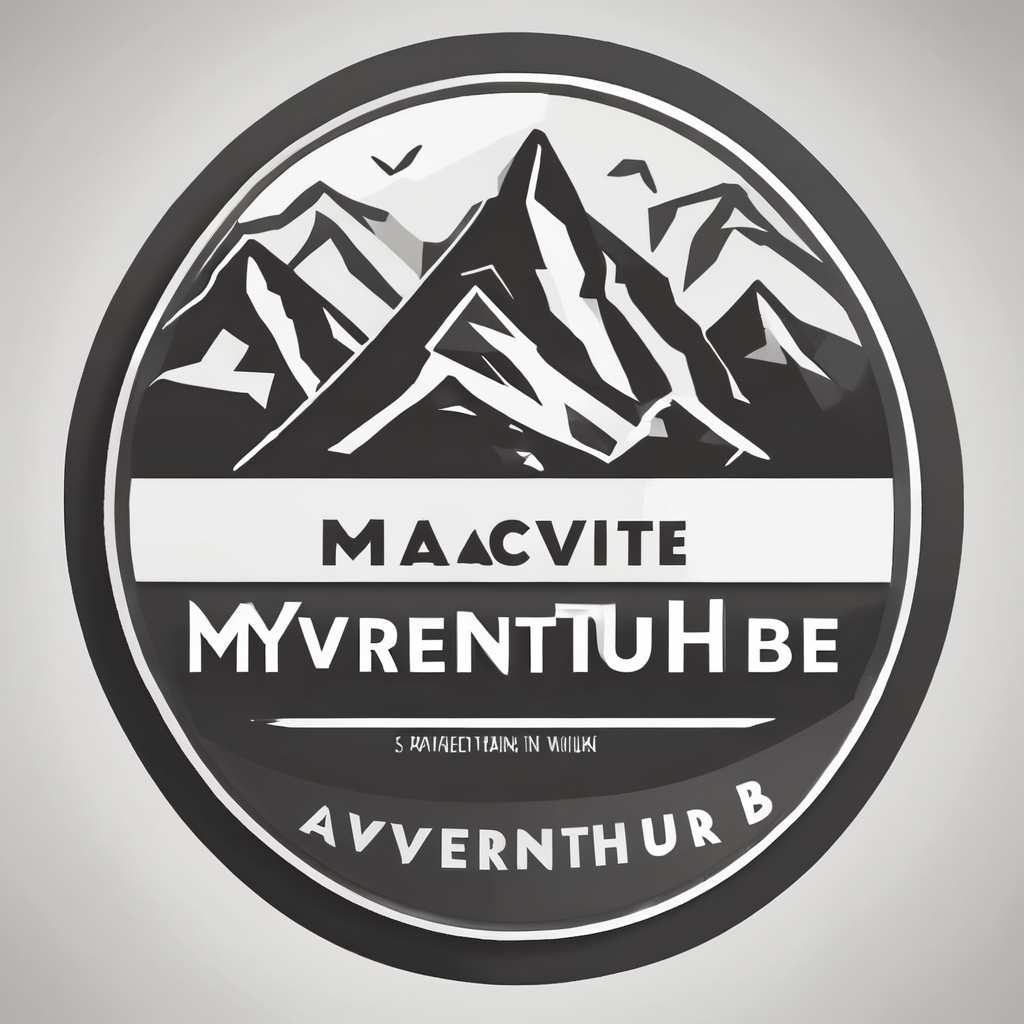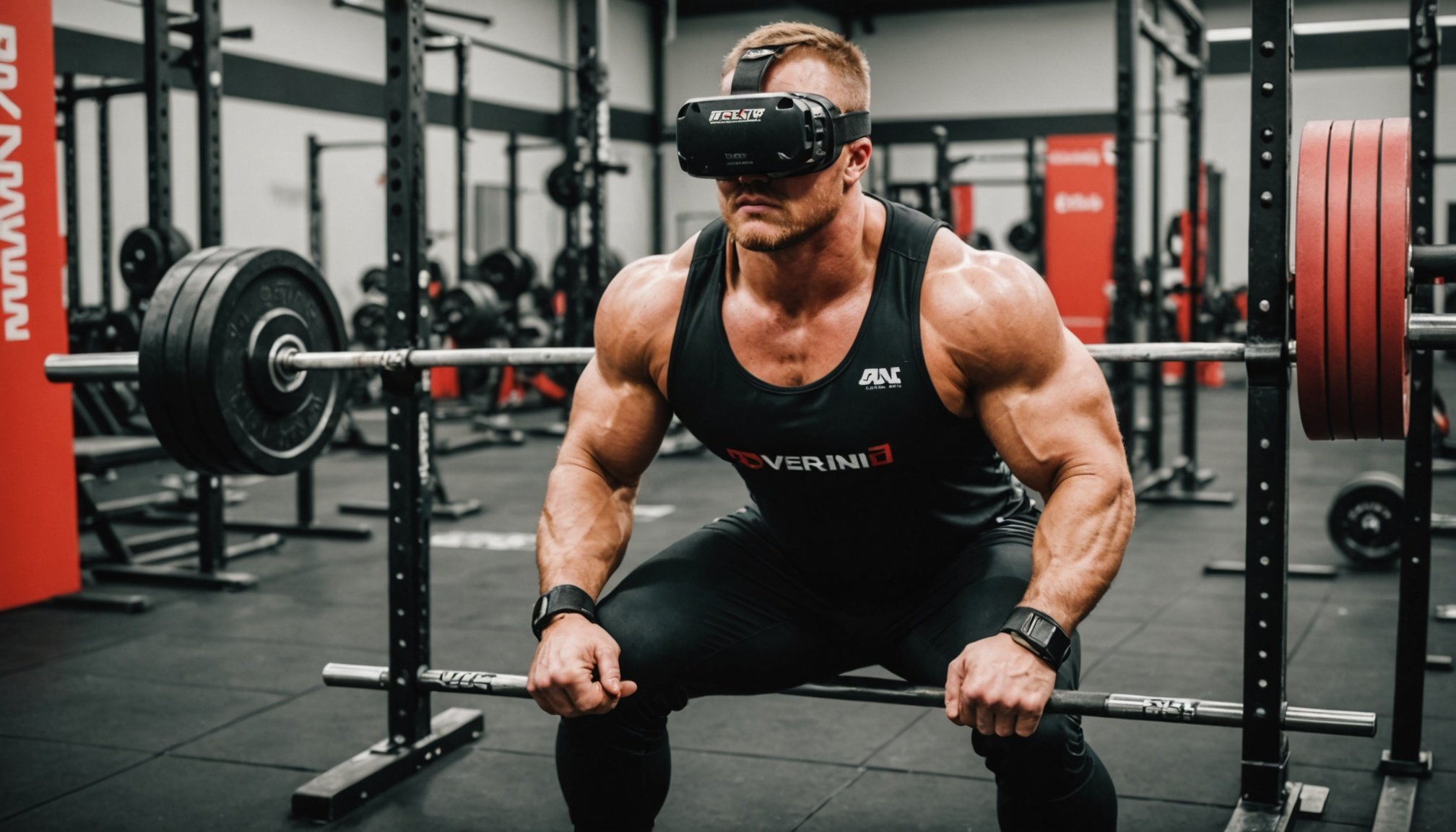The evolving landscape of training methodologies, fueled by advancements in technology, has led to the incorporation of virtual reality (VR) tools in sports training regimes. This technology has been used across various sports disciplines, with the aim of enhancing performance, improving balance, and optimizing resistance training. Powerlifting, a sport that demands precision, strength, and technique, is no different. This article delves into the analysis of the effectiveness of virtual reality tools in powerlifting. The exploration is based on reviews of data from notable databases such as Google Scholar, PubMed, and Crossref.
The Emergence of Virtual Reality in Sports Training
The advent of virtual reality technology has radically transformed the approach to sports training. This section explores how and why VR has gained traction in this field.
Also to discover : What are the top strategies for safely returning to weightlifting after a muscle injury?
Originally, training in sports like powerlifting involved traditional methods such as one-on-one coaching, muscle isolation exercises, and standard resistance training. However, with the advent of VR, a new realm of possibilities has opened up. Virtual reality offers an immersive, interactive, and realistic environment for athletes to train, providing numerous benefits. These benefits include the ability to analyze and correct technique, improve performance, and potentially prevent injury.
A study published on Google Scholar highlighted that VR training can lead to increased muscle activation and recruitment, which can improve strength and power. Another review found on PubMed emphasized the role of VR in improving balance and coordination, which are key components in powerlifting.
Also read : How does the muscle pump impact muscle growth, and how can it be optimized?
Virtual Reality and Powerlifting Technique
Powerlifting is a sport that requires superior technique to maximize performance and minimize the risk of injury. This section will delve into how VR can enhance powerlifting technique.
The use of VR technology in powerlifting training isn’t merely a fad; it offers tangible benefits that have been backed by research. For instance, a Crossref review underscored the effectiveness of VR in providing real-time visual feedback, allowing athletes to correct their form and technique during a lift.
Furthermore, VR can simulate various powerlifting environments and scenarios that an athlete might experience in a competition. This exposure can assist athletes in perfecting their technique and becoming comfortable with executing lifts under different conditions. The capacity to dissect every lift in a virtual setting provides a level of detail and insight that traditional training methods may not be able to match.
Analysis of Strength and Muscle Recruitment
Strength and muscle recruitment are pivotal in powerlifting. This section discusses the role of VR in enhancing these elements.
In the sport of powerlifting, virtual reality technology can provide detailed biomechanical feedback, enabling athletes to maximize their strength and muscle recruitment. By simulating the actual movement of powerlifting in a controlled environment, VR allows athletes to practice and improve their lifts without the physical strain of lifting real weights.
A study found on PubMed indicated that VR training led to increased muscle activation in powerlifters. By providing a 3D representation of the body in action, athletes can better understand how their muscles function during a lift and work to optimize muscle recruitment.
The Role of Virtual Reality in Injury Prevention
Injury prevention is a crucial aspect of any sport. This section explores how VR can contribute to injury prevention in powerlifting.
According to research sourced from Google Scholar, virtual reality training may reduce the risk of injury in powerlifters. By simulating powerlifting movements, VR allows athletes to practice their technique safely without the physical strain of lifting heavy weights. This can reduce the risk of muscle strains and other injuries that are common in powerlifting.
Furthermore, VR can provide real-time biofeedback, highlighting any imbalances or flaws in technique that could lead to injury. This can prompt immediate correction and help athletes understand how their movements and body position affect their risk of injury. As such, virtual reality technology is not only a reliable tool for improving performance but also for ensuring the safety of powerlifters.
Virtual Reality and Performance Enhancement
Performance enhancement is the ultimate goal of any training method. This section discusses how VR can improve performance in powerlifting.
Virtual reality training can lead to significant performance enhancement in powerlifting, according to a study found on Google Scholar. This is primarily due to the immersive and interactive experience that VR provides, which can lead to improved technique, strength, and muscle recruitment.
Moreover, the use of VR provides a level of precision and detailed feedback that traditional training methods may not be able to match. This can allow powerlifters to fine-tune their technique and enhance their performance, paving the way for better competition results.
Thus, the incorporation of virtual reality technology in powerlifting training appears to be a promising and effective approach in enhancing performance. Despite the need for further research and understanding in this field, the benefits of such technology cannot be understated.
Incorporating VR in Powerlifting Training: Practical Applications
Virtual reality technology is emerging as a key player in the advancement of powerlifting training, providing a slew of benefits that fall under two primary categories: technique enhancement and injury prevention. Virtual reality allows powerlifters to train in a controlled, realistic environment, using real-time visual feedback to optimize their form and technique, as highlighted by a Crossref review.
The application of VR in powerlifting goes beyond technique refinement. Resistance training, a crucial component of powerlifting, can also benefit from VR. According to a systematic review on Google Scholar, VR has been found to increase muscle activation and recruitment during resistance training, potentiating gains in strength and power.
Virtual reality also has distinct applications in balance training. A PubMed Crossref review found that VR can improve balance and coordination, two key elements in executing proper lifting techniques. This directly contributes to performance enhancement and could be particularly beneficial for powerlifters who struggle with balance issues.
Practical applications of VR in powerlifting also extend to injury prevention. By providing real-time biofeedback, VR can help powerlifters correct any imbalances or flaws in their technique that might lead to injury, as per a Crossref Google review. This proactive approach to injury prevention is yet another factor that makes VR a valuable addition to powerlifting training regimens.
Conclusion
The innovative integration of virtual reality in powerlifting training potentially heralds a new era in sports training. This technology, endorsed by research and reviews sourced from Google Scholar, Crossref, and PubMed, appears to enhance technique, increase muscle recruitment during resistance training, and promote injury prevention.
Virtual reality’s capability to provide real-time feedback, offer a controlled training environment, and simulate a variety of powerlifting scenarios makes it a powerful tool for improving powerlifting technique. Furthermore, studies show that VR can also enhance strength and balance, key aspects of powerlifting that contribute directly to performance enhancement.
However, despite the promising findings, it is essential to note that the field of VR in sports training, particularly in powerlifting, is still relatively nascent. More comprehensive research and a deeper understanding of its applications are required to fully harness the potential of this technology.
Nonetheless, the future looks bright for the incorporation of VR in powerlifting training regimes. As the technology advances and becomes more accessible, it is likely to become a mainstay in powerlifting gyms, revolutionizing the way athletes train and perform. The efficiency and effectiveness of VR tools as part of a powerlifting training strategy are promising, marking an evolution in training methodologies that could reshape the powerlifting landscape.






